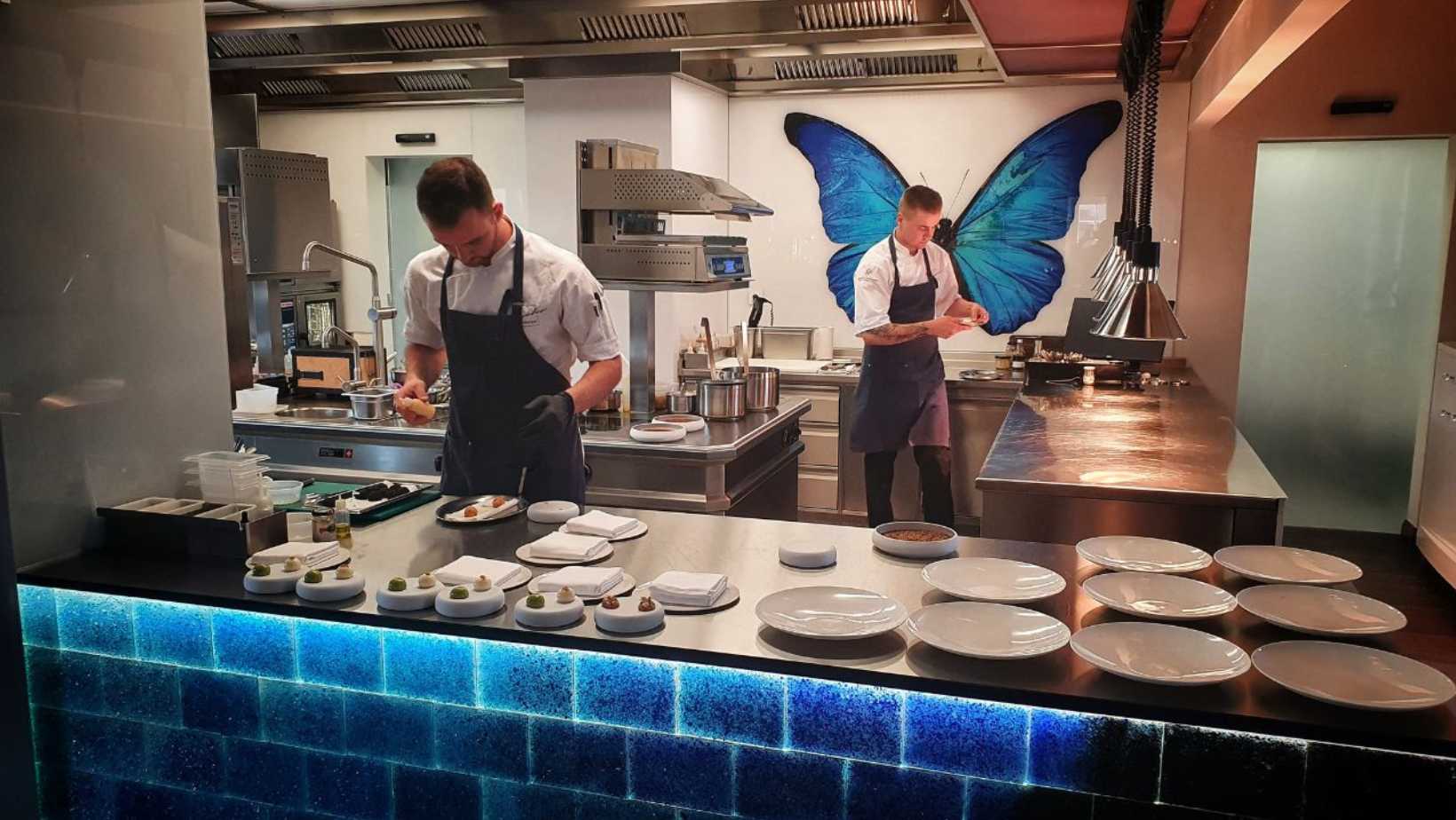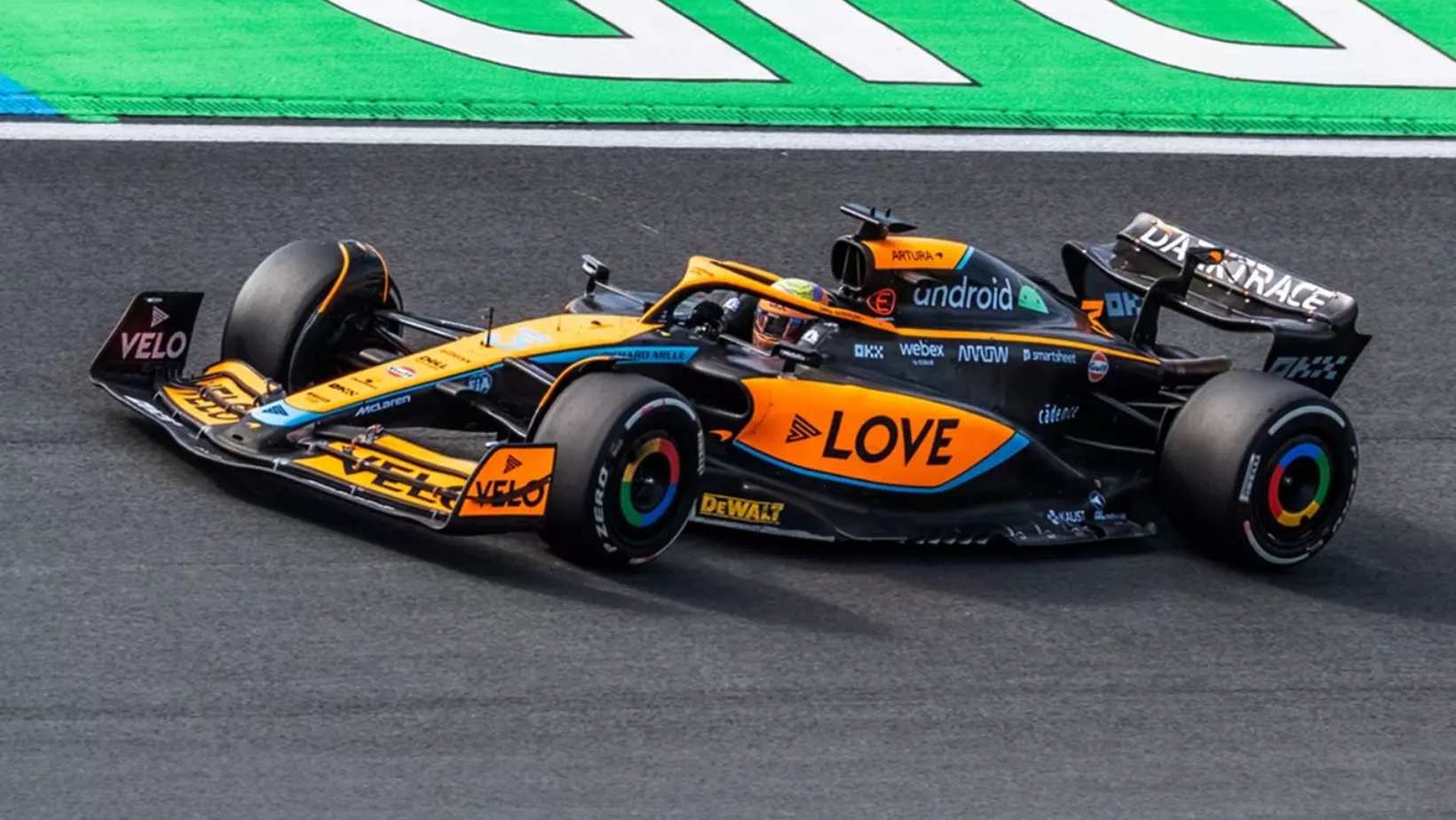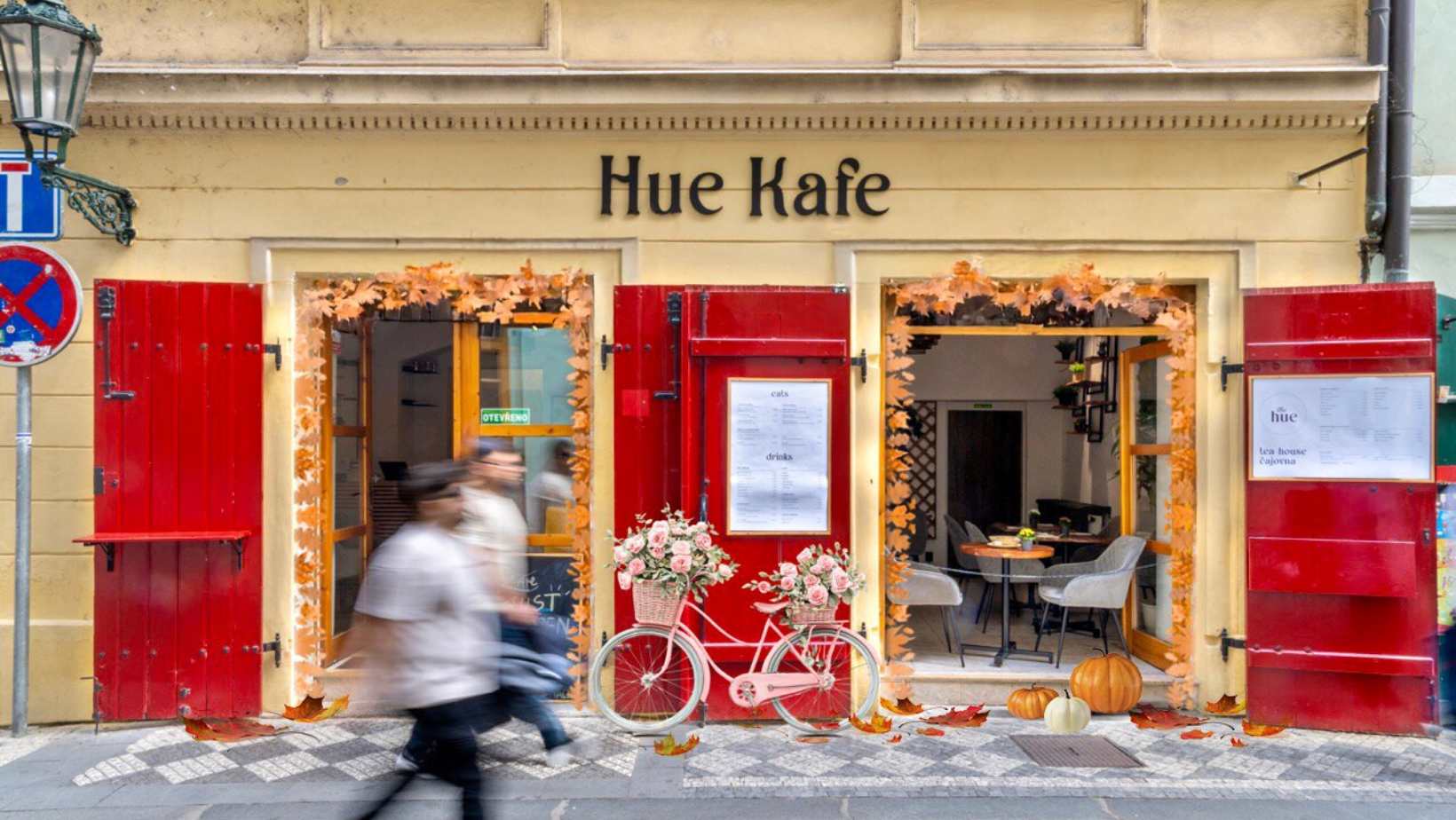By Suzanne Scarlett Bessisso—Anglo American University
The Illusion Art Museum offers a unique perspective on art by combining modern technology with history.
It encourages its visitors to become part of the exhibit by using their smartphones to bring to life the movement of the art as illusions.
With its smartphone requirement, this museum gives its visitors a peek at what the future of museums could be. It’s one of the few museums that have adopted this modern and immersive approach to art-making it a fun exhibition especially for kids.
The museum takes a new approach to anamorphic viewing. Several of the works on display appear distorted until the viewer stands at a specific vantage point, or uses their smartphone to see what is hidden in the distortion.
The most popular is a portrait of Nikola Tesla, created by Patrik Proško, that is made up of Tesla’s inventions, but is only visible when looking at it through a lens positioned at the perfect spot.
Other works include trick art, wherefrom a certain perspective a 2D painting can look 3D and the visitors become a part of it. There are several of these related to Czech history, such as the defenestrations that occurred during the 15th and 17th centuries as part of political dissent, people in Prague’s Castle were pushed out of windows to their deaths.
To become part of this specific trick, visitors take the position of the person pushing a man in the painting out of the window.
The museum also takes a modern spin on traditional art by using the paintings of the Old Masters and giving them a twist. There is the painting of The Last Supper by Leonardo da Vinci that is hidden behind ripped wallpaper.
There are also portraits of influential Czech artists and inventors, such as author Karel Čapek, but these are made out of metal.
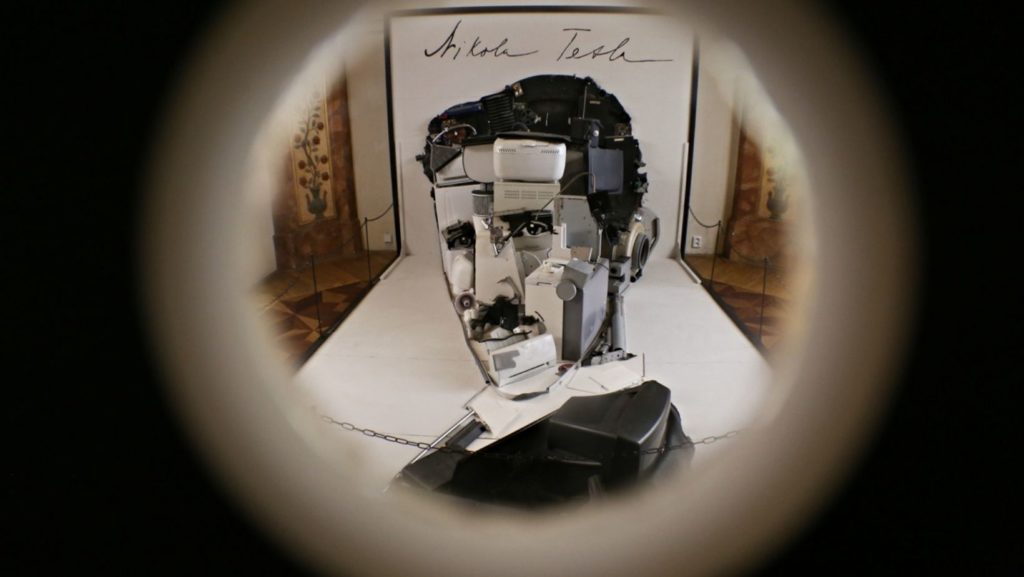
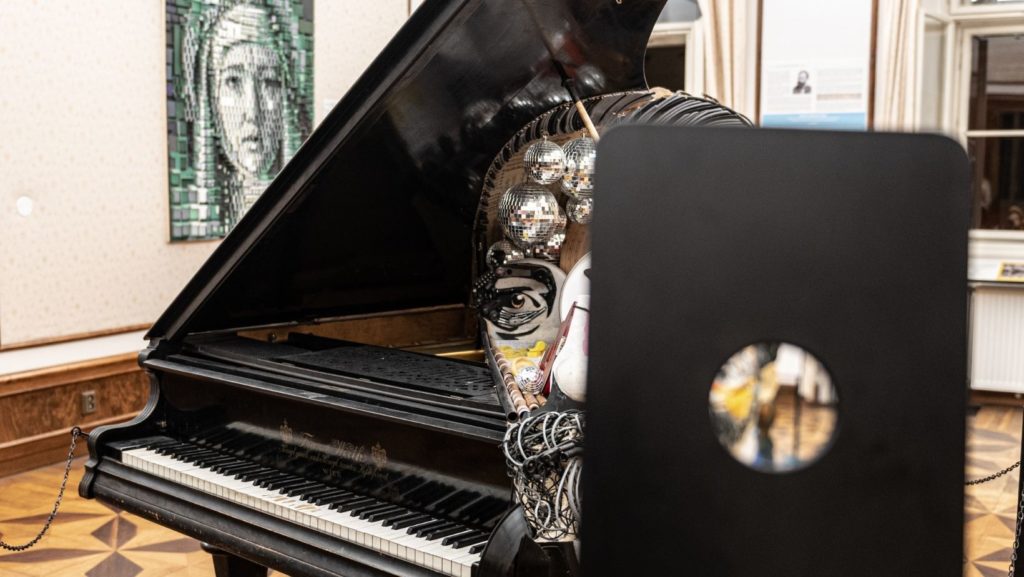
The museum features works from established, internationally-recognized contemporary artists such as Patrick Hughes, a British artist who is expert in “reverspective” 3D art creating optical illusions that make the nearest object seem most far away, and David Strauzz, a Canadian mixed media artist who creates portraits visible from further away, but up-close they’re made up of words or pixels.
The idea to create the museum sprouted in 2015 when the owners of the Illusion Art Museum and artist Petr Proško decided to take a new approach to anamorphic viewing. Later, in 2018, they seized the opportunity of renting the historically-protected 15th-century Romanesque building “By the Red Fox”.
The use of this building allows the visitors to enjoy the exquisite architecture and detail of the building’s interiors along with contemporary illusion art. An additional treat in the building is the cellar, that is preserved from the 12th century and is used for short-term exhibits and events.
The Illusion Art Museum is located in the heart of Prague’s Old Town Square, right opposite the Astronomical Clock. So this central location offers easy accessibility with an incredible view of Prague’s most popular touristic attraction.
With the slow lifting of the COVID-19 restrictions in Prague, the museum is now open to visitors who can enjoy an immersive and interactive experience of illusions. For those who are unable to come to Prague, the museum has provided a virtual tour of the permanent installation and views from the building, which is available through the museum website.
-
NEWSLETTER
Subscribe for our daily news








